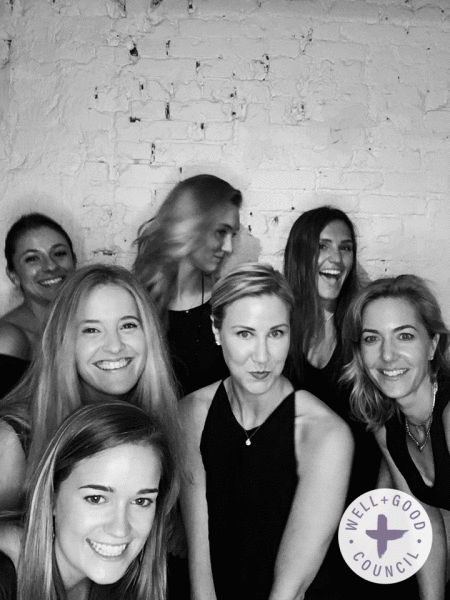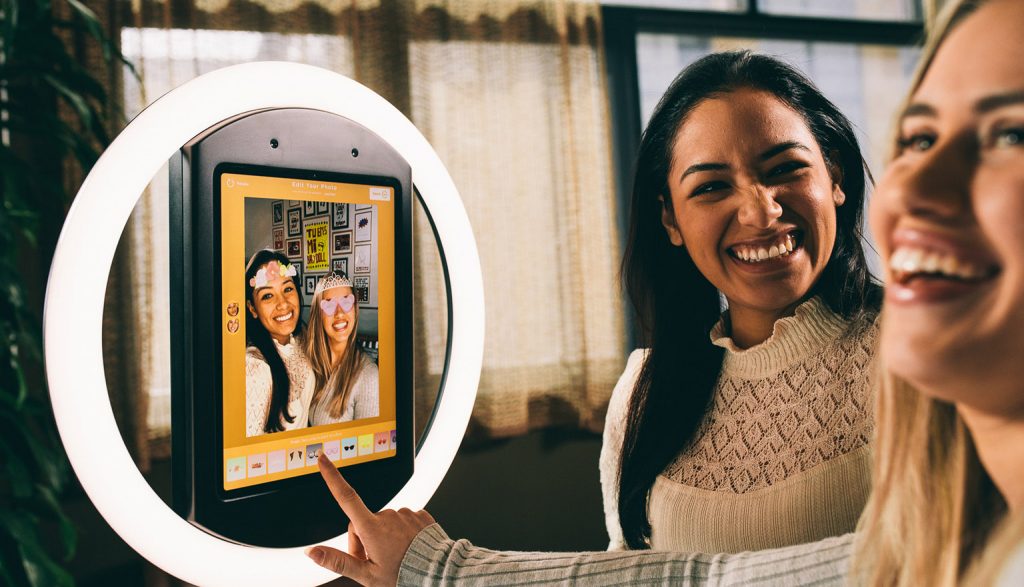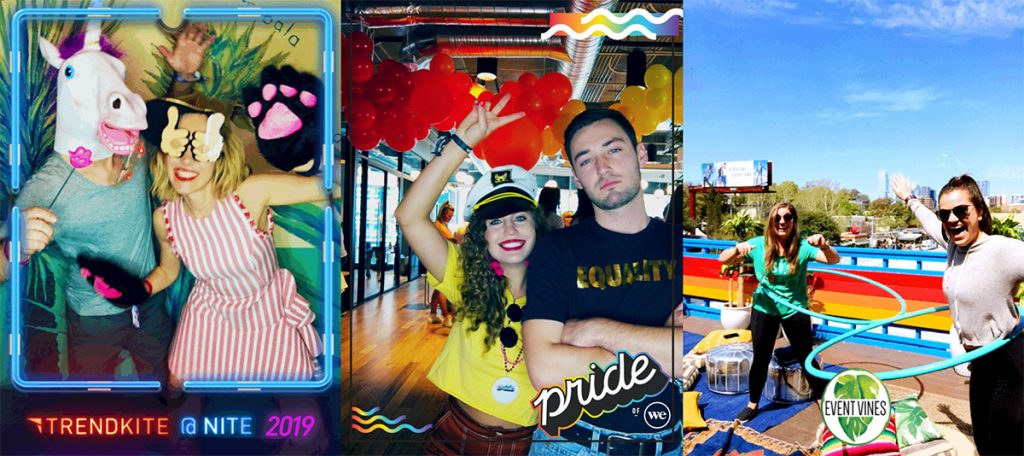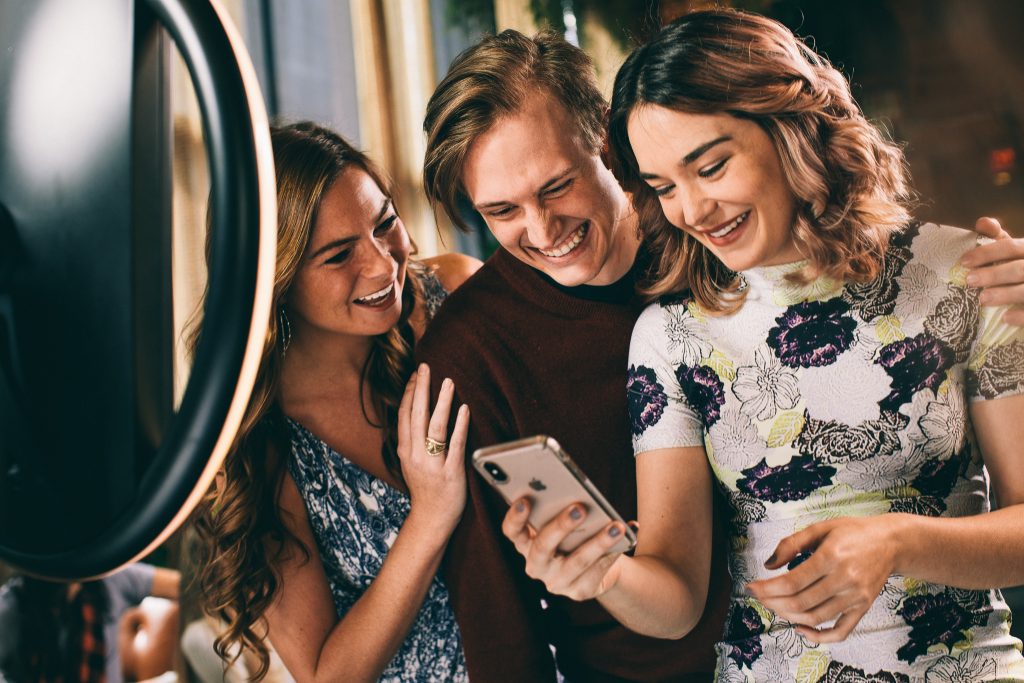These days, it seems like there is always a new form of marketing to learn about that reaches people through a new medium or technology: influencer marketing, search engine marketing, content marketing, email marketing, SMS marketing—the list goes on.
When a new marketing trend emerges, it’s smart to ask whether it’s here to stay or not.
When it comes to photo marketing, we’ll explore what it is, why it’s trending, and whether it has the characteristics of a long-term solution that brands can rely on.
What is photo marketing?
Photo marketing is the process of enabling your audience to capture and share digital media in a branded context.

By providing an attractive photo or video opportunity, a brand can earn social shares and impressions as participants take and share photos directly to their online profiles. Customers become micro-influencers, creating valuable social proof along the way.
Photo marketing brings together aspects of experiential marketing, user-generated content, and social media marketing.
It starts with the photo experience
In photo marketing it’s your audience, whether attendees at an event or customers in your store, who are taking photos and sharing them.
The secret to a successful photo marketing campaign is to set up a creative photo experience that attract participants to use it. If people have a good time and love the photos, they’re more likely to share them.

Brands can follow a number of photo marketing best practices to optimize a campaign and maximize participation:
- Set up in a high-traffic area with many possible participants
- Provide an attractive & trendy backdrop
- Add lighting to draw more attention to the experience
- Tie it together with a selfie station that produces a photo or video with unique visual effects
It’s a user-generated content machine
Photo marketing has the amazing ability to produce high-quality, authentic, user-generated content that otherwise wouldn’t exist.
The resulting user-generated content can be re-purposed in different ways depending on what permission you receive from participants at the time they take the photo. Alternatively, you can reach out after the fact to request permission to use the photos.
Either way, the photos are getting shared on social media by participants—so most of the work is done for you!

Photo marketing solves 4 issues
To determine whether photo marketing will become a major marketing trend, let’s look at what problems it solves.
1. Attribution
Why did a user convert from a lead to a sale? What led them to your brand in the first place? These are critical questions for every modern marketer. But all too often it’s difficult to determine exactly why a user does something. And it’s even harder to replicate it to add more leads to the funnel.
Photo booths and other photo marketing strategies solve this by creating a clear source of attribution. The user went to an event, used a branded photo booth and entered their email in order to receive the photos in their inbox. The attribution becomes crystal clear, and the action can easily be replicated again and again.
2. Engagement
Nearly every marketer uses engagement as a benchmark for return on investment. It’s also an indicator to their bosses that a marketing strategy is working.
Yet it remains a poorly defined metric. Photo marketing, however, makes engagement an easy-to-define metric where the value is clear. You’ll capture an email when someone takes a photo at a selfie station and shares that photo with a branded hashtag.
You’ll also have a clear attribution followed by clear engagement that can ultimately lead to sales.

3. Social sharing
It’s more challenging than ever to persuade customers to share positive sentiments about your brand on social media. Internet citizens are becoming more and more consumers of content instead of creators, and all-too-often when they do have something to say about your brand it’s about a problem they had.
Yet creating that positive word-of-mouth buzz on social media is not impossible and photo marketing is the tool to do it. When you give customers a value-added photo experience with lighting, a backdrop, an interactive preview and fun filters or branded overlays, you’re giving them something they want to share. No tooth-pulling involved.

4. Ad-blocking
The days of building a business solely through digital ads are fading away. Marketers have to find ways to reach customers by providing them with things that they actually want to do. With ad blockers on the rise, experiential marketing has also spiked. But marketers are still figuring the best way to provide experiences while still maintaining a beneficial ROI.
Photo marketing solves this issue by providing audiences with an affordable, long-term platform that gives people a reason to engage. They’re more comfortable providing contact information because they’re simply having fun. And those happy memories you’re creating will also create a strong, emotional connection to the brand. Participants become immersed in it, which is more powerful than any display ad.
Is photo marketing here to stay?
As social networks continue to limit how businesses can reach their own audiences and younger people become more savvy about blocking ads, it seems likely that empowering your audience to share directly and authentically on your behalf will be a worthwhile strategy in the years to come.
While photo marketing won’t replace all the other critical elements that make a successful marketing organization, it is a powerful tool that solves many problems that today’s marketers face.
Simple Booth is building the ultimate platform for photo experiences, leading the way for brands to adopt photo marketing strategies.
